Solid-state lighting is ready for prime time
This spring at the lighting industries largest gathering, Lightfair, LED lighting dominated the show with new ideas and products
BY RICHARD COMERFORD
Editor
On the eve of the solid-state-lighting (SSL) revolution, this year’s Lightfair International (LFI) in Las Vegas, NV, broke all previous records for attendance and participation, according to Jeffrey L. Portman, Sr., president and COO of LFI managing partner AMC.
Over 24,000 attendees from 73 countries filled the 206,800-ft2 show floor, visiting 505 exhibitors at the 35th annual LFI. There were 228 submissions for the LFI Innovation Awards, which has 14 categories for products making their debut at the show. For the most part, those submissions were LED-lighting related.
Replacing old bulbs
One of the first things to catch the crowd’s attention at this year’s LFI was GE Lighting’s (www.gelighting.com) announcement that it would deliver a 100-W-incandescent-equivalent LED bulb next year. The bulb would consume only 27 W and be priced at about $35.
What was really special about the prototype displayed at the show is that it’s the first LED-based incandescent replacement bulb to use active cooling. GE Lighting collaborated with Nuventix (www.nuventix.com) to adapt the latter’s SynJet technology to fit into the base of an A-19 bulb. SynJet uses a quiet oscillating diaphragm to shoot out bursts of air; the new design moves that air over external fins surrounding the bulb’s globe to keep the LEDs operating at the right temperature (see Fig. 1 ).
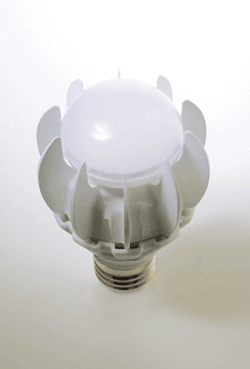
Fig. 1: GE Lighting’s prototype LED bulb aims to replace 100-W incandescents using active cooling. Vents at the bottom of the fins direct pulsed air from a Nuventix-technology device in the bulb’s base over the fins.
Making its Lightfair debut was SunSun Lighting (www.susunlighting.com), a Nanjing, China, company with backing from Oak Investment Partners (www.oakvc.com) and GSR Ventures (www.gsrventures.com). In addition to the tri-lobed silicon-based 12-W LED bulb, said to be an industry first, SunSun was showing a 60-W-replacement LED bulb that uses only 8 W to deliver 800 lm of warm-white light (2,700K) (see Fig. 2 ). The bulb also has a CRI greater than 90 and an R9 of 80 When the 25,000-hour bulb hits U.S. shelves this year, the price tag will be $15 or less, according to the company.
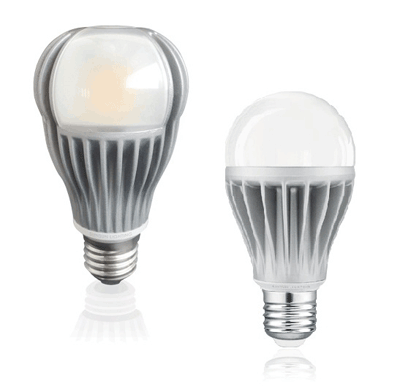
Fig. 2: In addition to its tri-lobed 12-W silicon-based LED bulb (left) SunSun Lighting plans to deliver an 8-W LED bulb that can replace a 60-W incandescent for around $15 (right).
Switch Lighting (www.switchlightingco.com) returned to the show this year with the announcement that its esthetically pleasing 40-, 60-, and 75-W-replacement LED bulbs are ready to ship, and that its 100-W LED would be ready shortly (see Fig. 3 ). The company also demonstrated a prototype of an industry first: a three-way LED bulb. The company believes its patents may prevent others from delivering anything like it.
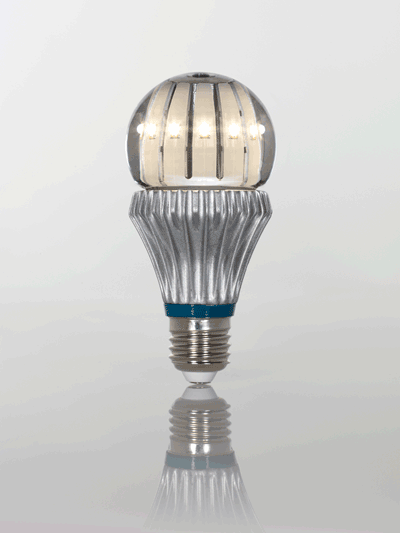
Fig. 3: Switch Lighting’s 40-, 60-, and 75-W replacement LED bulbs (the 75-W version is shown here) are esthetically pleasing and ready to ship.
Soraa (www.soraa.com) brought its new Vivid MR16 bulbs (see Fig. 4 ) to Lighfair. These LED bulbs are designed to replace halogen bulbs, delivering the light equivalent of a 40 to 50-W halogen with very high color-rendition capability: a CRI of 95 and an R9 of 90. Soraa uses a gallium-nitride (GaN) substrate on which to build its GaN LEDs, ensuring a match of crystal lattices and coefficients of expansion for built-in reliability.
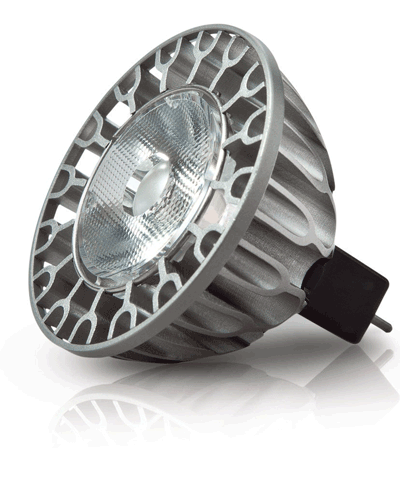
Fig. 4: Soraa’s MR16 LED bulbs provide the brightness and color rendition capability needed to replace halogens.
Lighting plus
Lighting Science Group (www.lsgc.com) demoed different kinds of future LED lighting technologies that would help you get to sleep, let you grow plants without getting a headache, or keep LED temperatures down with piezoelectric cooling encapsulated inside LED lamps.
Currently available LSG products seen at Lightfair included wirelessly controlled, intelligent luminaires. The J5 security light (see Fig. 5 ) integrates video sensing with Wi-Fi operation and streams real time imaging to home computer or mobile devices. The fixture uses LSG’s PixelView video occupancy control system, which relies on image sensing and video processing. PixelView is also being integrated into other Lighting Science Group luminaires, giving them the ability to detect and characterize motion unaffected by ambient conditions.
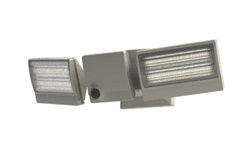
Fig. 5: LSG’s J5 security light with PixelView uses video sensing and image processing to detect and characterize motion to safeguard homes.
Lumenpulse (www.lumenpulse.com) showed its Lumentalk system, which enables LED lighting from any manufacturer to be digitally dimmed and controlled over existing ac power lines, and reduces SSL installation costs by 30%. Lumentalk turns typical ac wiring into a stable, noise-free high-speed data link for LED-fixture control. The protocol-independent technology is compatible with common dimmer and control standards: Triac, 0-10V, DALI, DMX, and ELV.
The technology allows traditional lighting systems to be upgraded to LED without the cost and effort of opening walls and ceilings to rewire for data, which reduces total installation cost by 30% compared to other approaches. It operates within frequency bands allocated by worldwide regulations (FCC, CENELEC, ARIB).
Advanced Thermal Devices (ATD, www.atdi-web.com) and Global Lighting Technologies (GLT, www.glthome.com) worked together to combine GLT’s advanced LED-based Light Guide Plate technology and ATD’s Loop Heat Pipe heat dissipation technology. The result is the ATD Model SL-300-C7-NW high-bay recessed light, which provides 17,000 lm at a rated power of 300 W and a color temperature of 4,000 to 5,000K (see Fig. 6 ). Slim (600 x 600 x 115-mm) and lightweight (17 kg) for a luminaire of its power and performance, it suits a range of indoor applications such as theaters, auditoriums, convention centers, large open office spaces, parking garages, and warehouses.
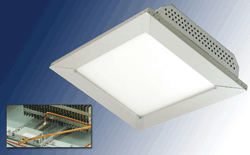
Fig. 6: ATD and GLT combined efforts have created a high-bay recessed light that outputs 17,000 lm at a rated power of 300 W.
Having introduced a number of new products leading up to Lightfair, was able to showcase many LEDs, modules, and light fixtures for the first time at the show. Among the most recent component products was the lighting group’s KR Series LED downlight (see Fig. 7 ), said to be the first LED downlight to deliver specification-grade lighting performance with pricing to match that of incumbent fluorescent downlights. Initial models are designed to replace 18- and 26-W fluorescents, and are not only at least 35% more efficient, but can also last up to five times longer.
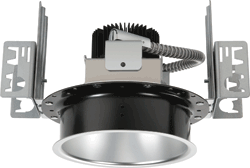
Fig. 7: Cree’s KR series LED downlight directly replaces incumbent fluorescents to increase efficiency 35% or more.
Also shown for the first time was Cree’s LMH2 module with dome lens, and a 120 to 277-Vac universal driver capable of providing 0/1 to 10-Vdc dimming. Designed to replace 50 and 70 W ceramic metal halide lighting, the dome-lens module delivers a hemispheric light pattern that enables up to a 5% increase in system efficacy compared to a standard lens.
Verbatim (www.verbatimlighting.com) demonstrated its Velve OLED lighting panel technology, which uses an a RGB stripe design that lets users easily vary the color of the panel’s light (see Fig. 8 ). While the color range is centered around white, all other colors of the spectrum can also be generated in pastel hues. Panel-to-panel variation is well within a MacAdam two-step ellipse.
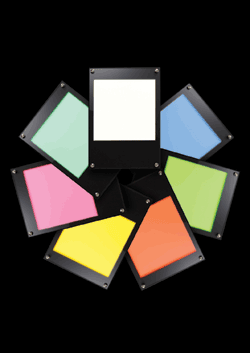
Fig. 8: Verbatim’s striped-RGB OLED technology allows the same panel to emit light in a variety of colors for digital ambiance control.
Verbatim is offering OLED technology sample kits that contain a 207.0 x 145.0 x 18.3-mm panel with a color-tunable OLED whose emitting area is 123.0 x 123.0 mm. The panel works from a 24-Vdc source and consumes 3.2 W. A USB cable provides connection to a PC, and included software lets users experiment with the panel (color and white tones are preprogrammed). Luminance is 1,000 cd/m2 at 3,000K. ■
Advertisement
Learn more about Electronic Products Magazine





